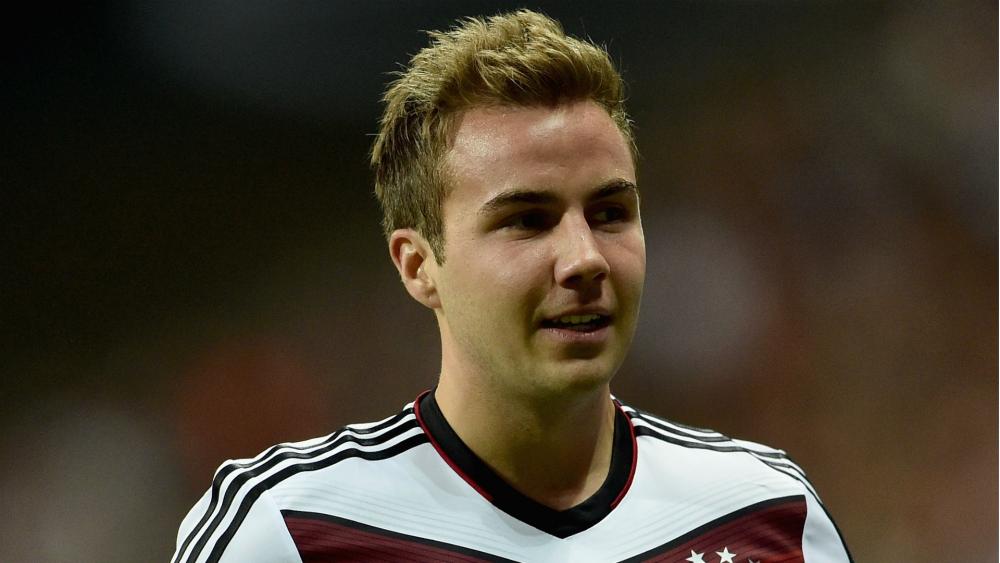Every time the British transfer record has been broken in the Premier League era
From Alan Shearer's then-massive £3.6m move to Blackburn to Moises Caicedo's £115m to Chelsea last year, the Premier League's spending his grown enormously over the past 32 years
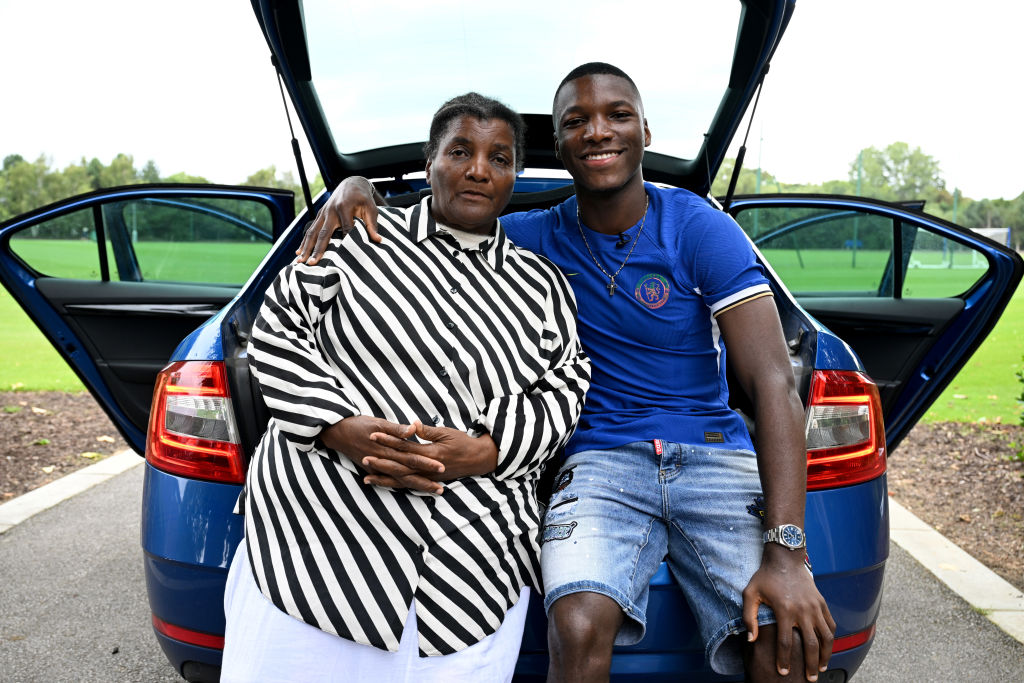
The British record for transfer spend has ballooned over the Premier League era, with the most recent record-setting move coming in at nearly 32 times the amount set just before the inaugural 1992/93 campaign kicked off.
Those who still decry talk of the 'Premier League era' may be dismayed that we're starting our list in 1992, but the alternative would mean talking through dozens and dozens of transfers dating back to 1893, so we've had to draw the line somewhere. Also, it's been 32 years lads, let it go.
It's also worth saying here that we're only counting amounts spent by British clubs, not amounts received - so, for instance, Paul Gascoigne's sale from Tottenham to Lazio in 1992 doesn't make the list, despite being bigger and earlier than our first entry. There may also be some minor quibbles over exact amounts, particularly when it comes to decimal places and including add-ons, but we've gone with widely-reported figures.
VIDEO Riccardo Calafiori Is The FINAL Piece Of Mikel Arteta's Jigsaw
£3.6m
1. July 1992: Alan Shearer (Southampton to Blackburn Rovers)
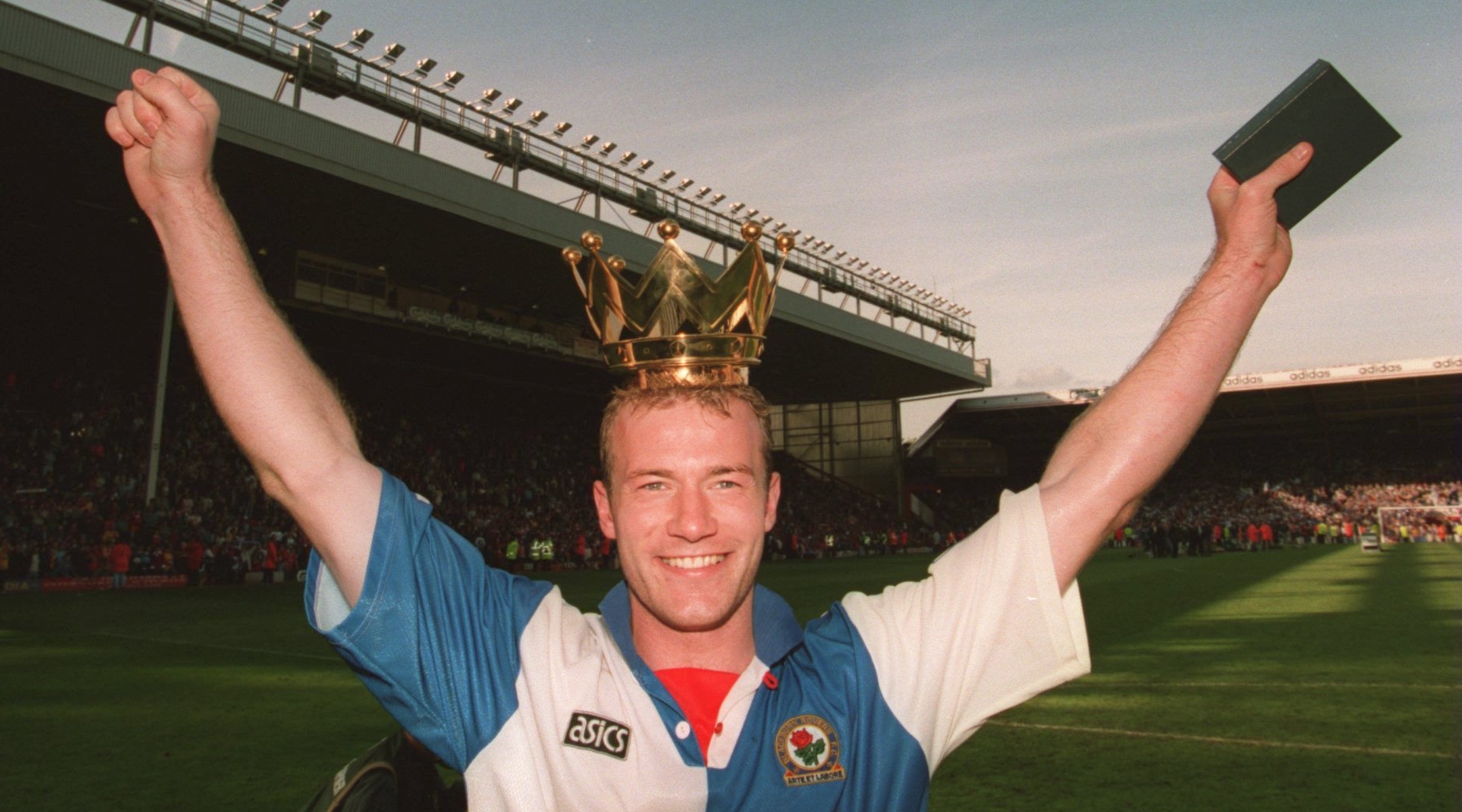
Spoiler here, but the early names in this list are all absolute home runs, with the new record-setters broadly getting worse and worse as we work our way towards the conclusion.
But Alan Shearer to Blackburn Rovers was an unqualified success. The emerging centre-forward, then just 21 years old, had just broken into the England set-up after scoring 13 league goals for 16th-placed Southampton in 1991/92 and looked ready to join an upwardly-mobile and ambitious club.
That described Blackburn to a tee: they had been taken over by building magnate Jack Walker the year before and surprisingly appointing multiple-title winning former Liverpool boss Kenny Dalglish as manager, despite being a second-tier side at the time.
Get FourFourTwo Newsletter
The best features, fun and footballing quizzes, straight to your inbox every week.
With Shearer leading the line, Blackburn immediately established themselves as a force to be reckoned with, finishing fourth in 1992/93. Two years later, they were champions, thanks it no small part to Shearer's 34 goals in 42 appearances, equalling a record for most goals in Premier League season that stood until Erling Haaland broke it in 2022/23.
Shearer left in 1996 (more on which later) with a phenomenal record of 112 goals in 138 games for Rovers - and Blackburn ended up with four times what they paid for him when he was sold. We'll be honest, that's going to take some beating.
£3.75m
2. July 1993: Roy Keane (Nottingham Forest to Manchester United)
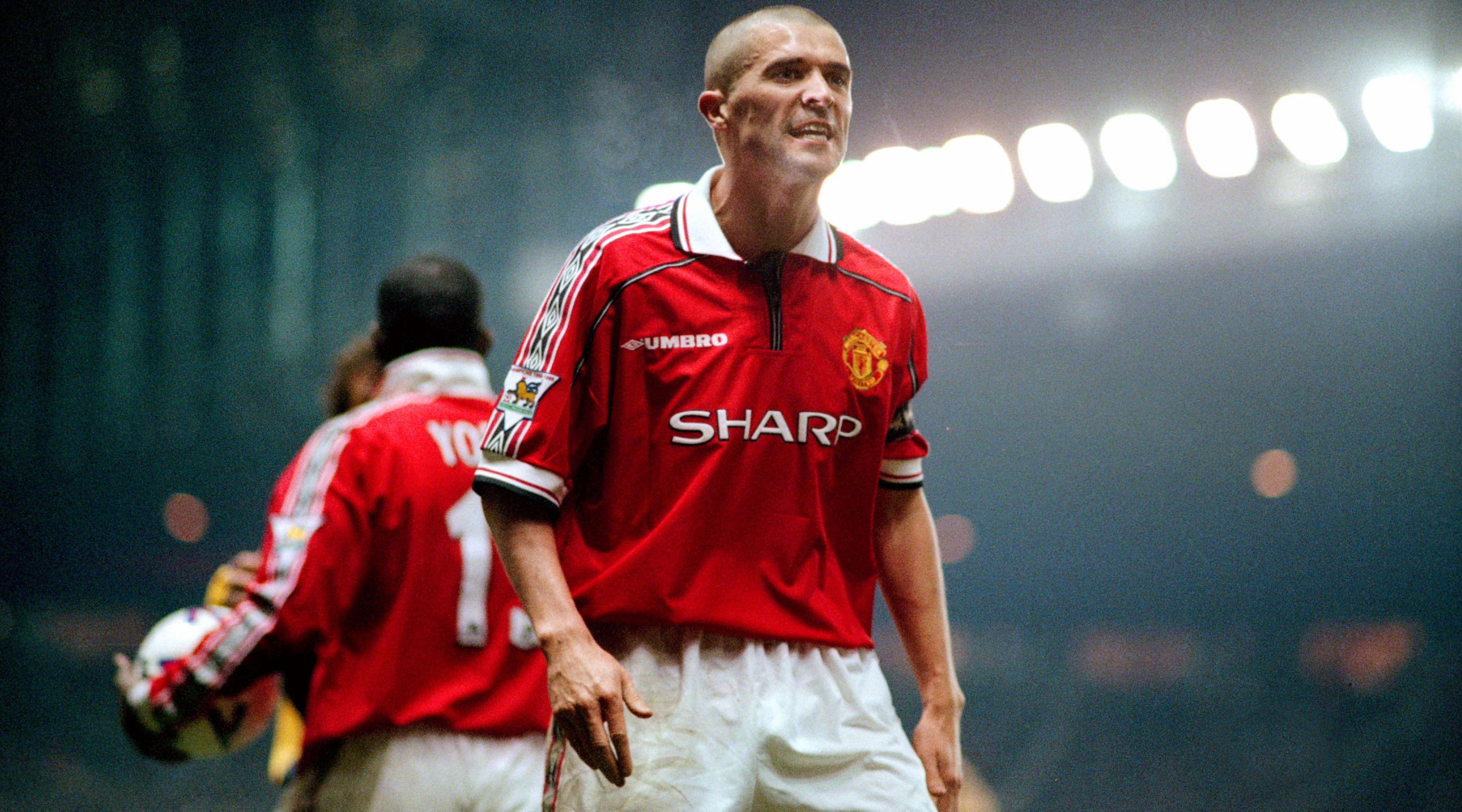
Keane and Sir Alex Ferguson may not have seen eye to eye by the time Keane left Manchester United, but he had given them 12 years of service and played a key role in delivering 13 major trophies to Old Trafford, including the 1999 treble.
Even after Keane left under a cloud for Celtic, Sir Alex described the Irishman as his greatest-ever player, saying: "People used to say to me 'why do you always say Roy Keane was your best player?'. After all, there have been the likes of Eric Cantona, Paul Scholes and Ryan Giggs.
"Of course he wasn't as talented as those players. But without question his obsession with winning, the demands he put on other players and his desire to win football matches made him the most influential players in the dressing room, no question.
"He became a good captain through that. To my mind he was the best players in all my time here, fantastic."
£5m
3. July 1994: Chris Sutton (Norwich City to Blackburn Rovers)
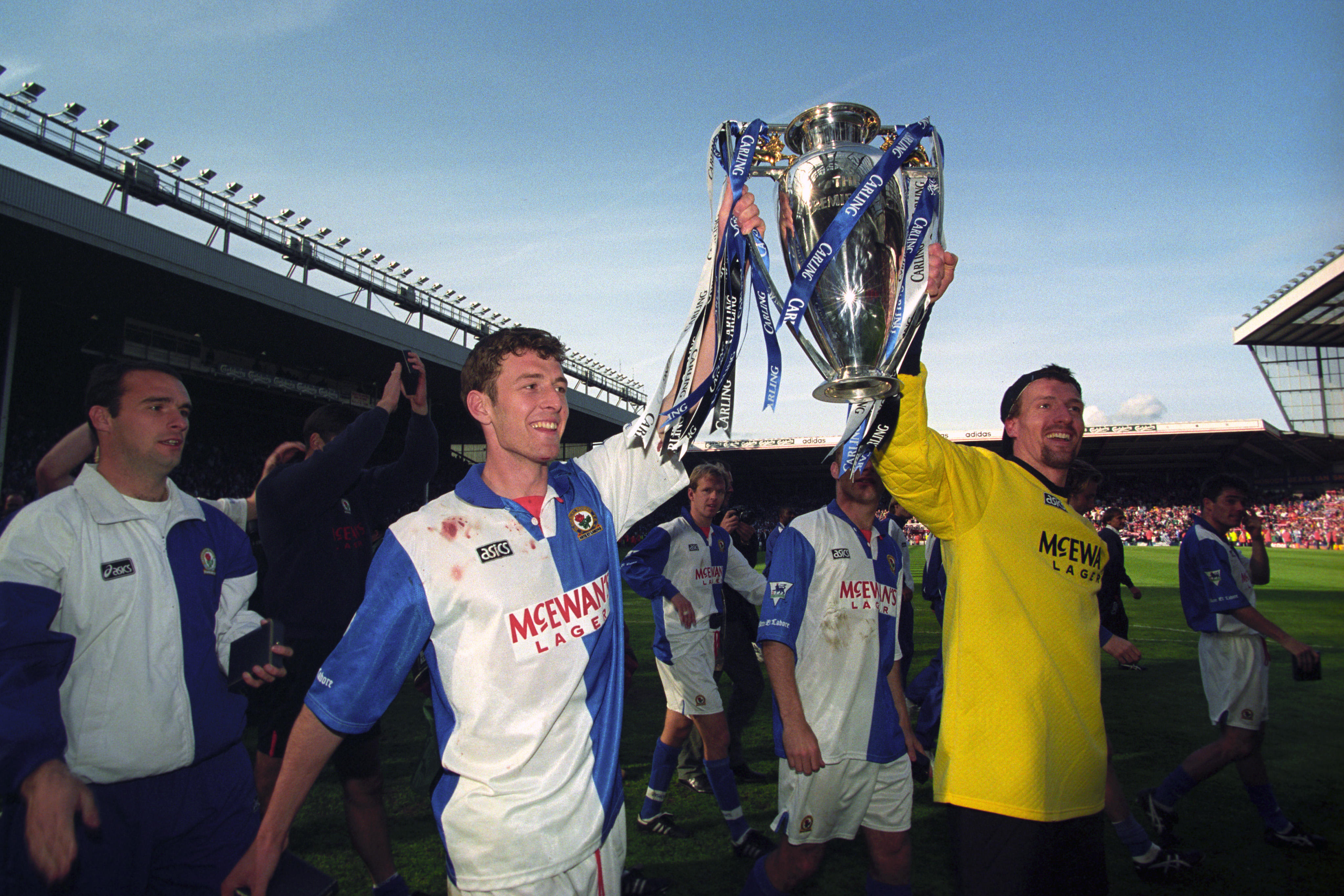
Not as prolific for Rovers as Shearer, but no less vital in that 1994/95 title triumph, with Sutton striking up a lethal partnership that came to be known as the SAS: Shearer And Sutton.
Big man Sutton reached double-figures three times in five seasons at Blackburn, with injury issues limiting his game time and effectiveness in the other two campaigns. Sutton's individual best came as he shared the Premier League golden boot with Dion Dublin and Michael Owen with 18 league strikes in 1997/98.
It all ended in tears with Blackburn's relegation the following year, but that title win made the money more than worthwhile, especially as they sold Sutton for twice the amount after they fell back into the second tier.
£7m
4. January 1995: Andy Cole (Newcastle United to Manchester United)
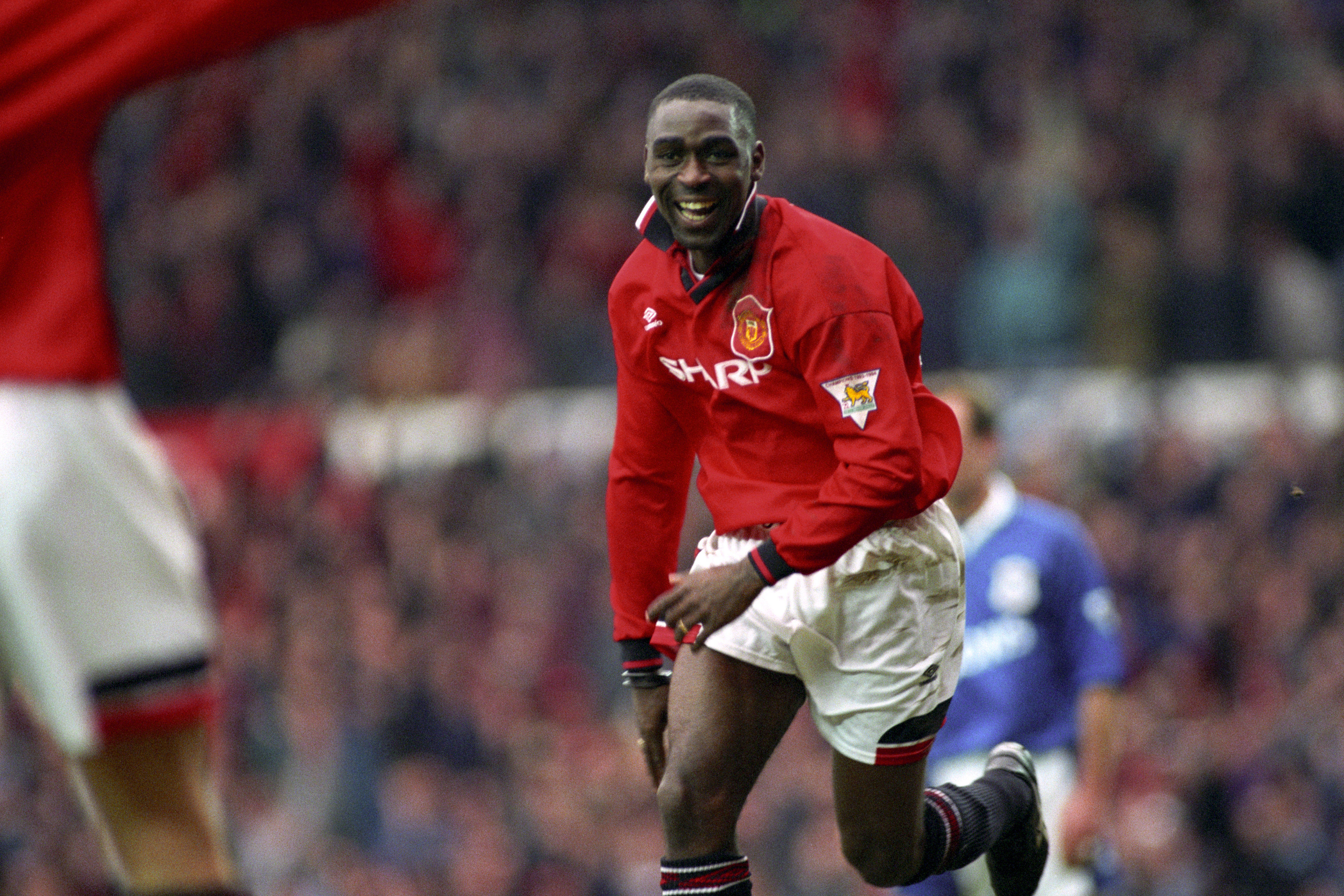
Sutton's record was topped not once but three times within a year of his move to Blackburn, with Manchester United's poaching of Andy Cole from title rivals Newcastle United the first of that flurry of spending.
We mentioned earlier that Shearer's 34 goals in 1994/95 had only equalled the Premier League goalscoring record; Cole was the man who had set that bar the year before, doing so in two fewer games no less.
Another nine in 18 outings for Newcastle, plus a desire to get the better of Blackburn in a tight title race that went all the way to the final day, led Man Utd to splash out big time for the striker's services.
Cole got off to a fantastic start, scoring 12 in 18 in his first half-season at the club, but attracted criticism after some high-profile misses and Eric Cantona's return from suspension in 1995/96, but played a part in helping United to the double.
He may not have been quite the talismanic striker they hoped for, but Cole still enjoyed seven good years at Old Trafford, most notably as part of the iconic Cole/Yorke/Sheringham/Solskjaer rotating cast that served United so well towards the end of the century.
£7.5m
5. June 1995: Dennis Bergkamp (Inter to Arsenal)
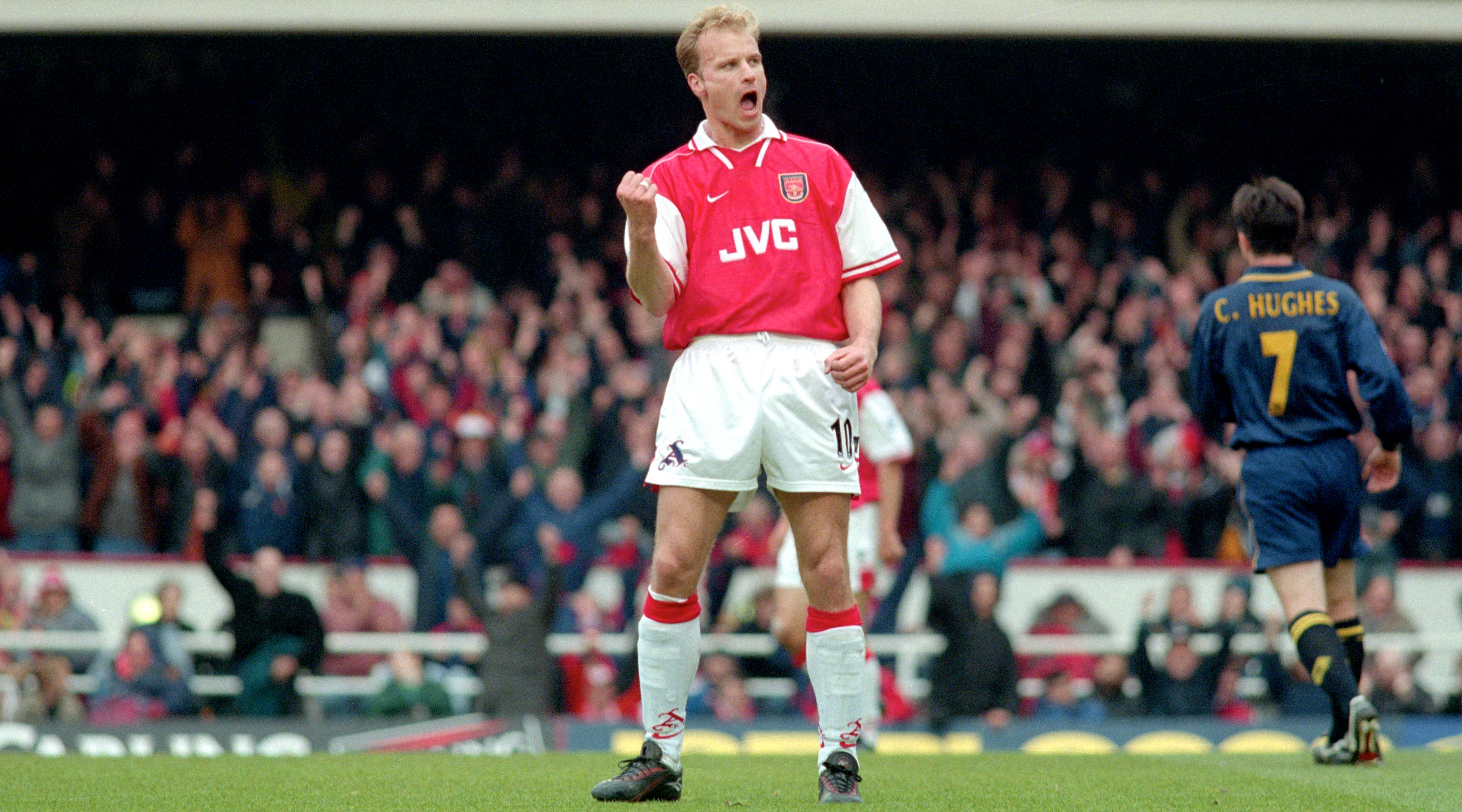
Bergkamp didn't just smash Arsenal's prior transfer record by three times to amount, but stood as a statement of the Gunners' desire to re-establish themselves as a force in English football and ushered in a new cultured and cosmopolitan era that hit full throttle following Arsene Wenger's appointment the following year.
The Dutchman had struggled to recreate his sensational goalscoring form for Ajax after moving to Inter in 1993, but Arsenal saw his potential to offer more than just goals to the side...which he still did anyway, netting double-figures in the league in each of his first four seasons at the club, winning numerous individual accolades along the way
Thierry Henry's arrival in 1999 took the goalscoring pressure off Bergkamp's shoulders, but he remained a hugely important support player in the great Arsenal side of the early 2000s. He hung up his boots in 2006 having made 423 appearances for the club. Money well spent.
£8.5m
6. June 1995: Stan Collymore (Nottingham Forest to Liverpool)
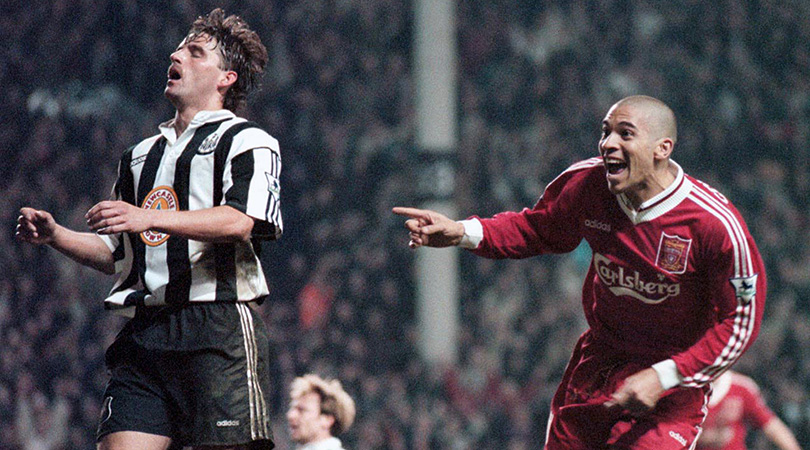
The first entry on our list that we would say was less than a full-throated success, given the money spent - which is perhaps why Liverpool do not appear as a buying club hereafter.
Nonetheless, Collymore did contribute, with a perfectly respectable 26 goals in 61 games in his two seasons at the club, including a memorable double - including the last-minute winner- in the sensational 4-3 victory over Newcastle in April 1996. Strike partner Robbie Fowler meanwhile enjoyed his best two seasons at the club, both times breaking the 30-goal mark in all competitions.
Collymore's increasing notoriety off the pitch spelt the beginning of the end of his career at Anfield, however, and the Reds gladly accepted £7m from Aston Villa as the 1996/97 season came to a close.
£15m
7. July 1996: Alan Shearer (Blackburn Rovers to Newcastle United)
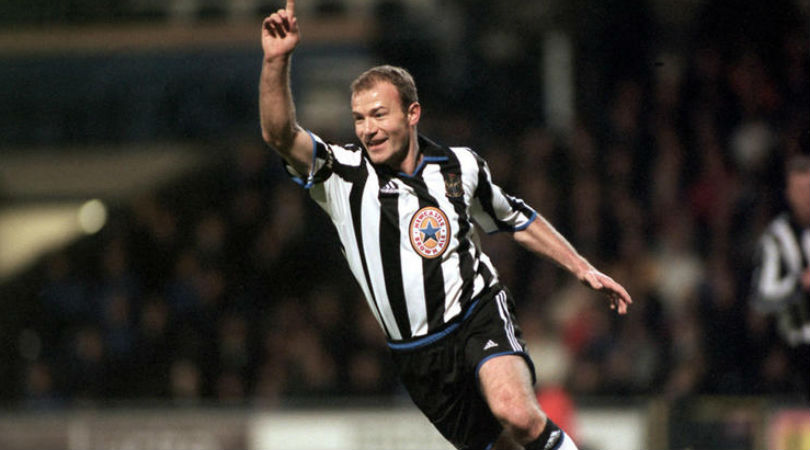
We don't really need to spell out Shearer's importance to Newcastle, do we? The Tyneside boy famously turned down interest from Manchester United to go back home after back-to-back Premier League golden boots and the top scorer award at Euro 96.
What we will say, for the benefit of younger readers, is just what an astonishing amount of money £15m was at the time. This remains the biggest jump in the British transfer spending record in the Premier League era - a whopping 76% higher than the amount Liverpool had played for Collymore the year before.
Absolutely worth it, though. Shearer may not have delivered the silverware Newcastle wanted, as he had at Blackburn, but his 206 goals in 405 appearances in all competitions over ten seasons made him the club's all-time leading goalscorer and entrenched him at the top of the Premier League goalscoring table, where he remains to this day.
£18m
8. November 2000: Rio Ferdinand (West Ham United to Leeds United)
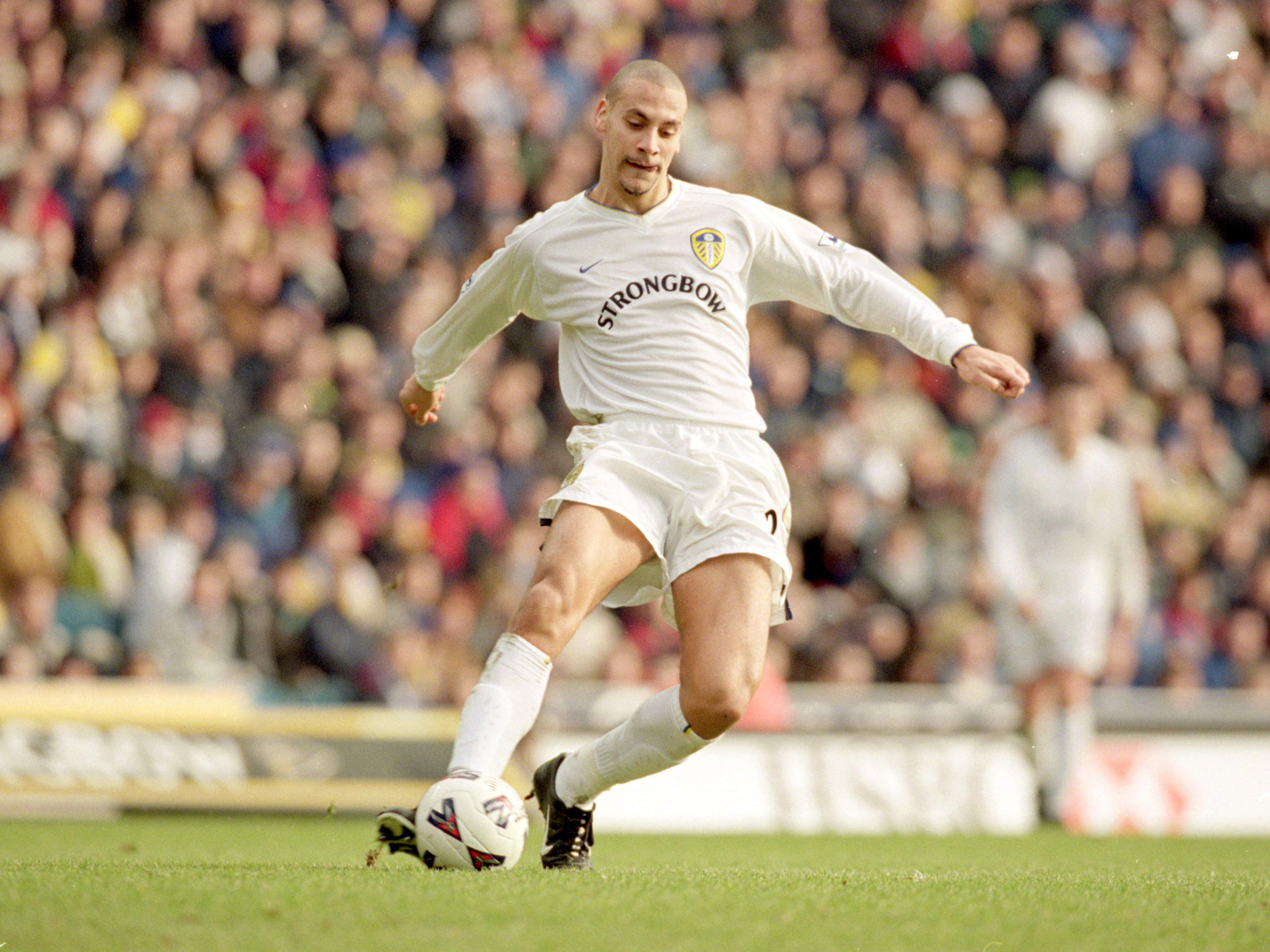
A world-record fee for a defender at the time - and not for the first time for Ferdinand.
The West Ham United youth product represented the apex of a whole new breed of English centre-half: a player who was just as comfortable on the ball as he was dominant off it, even as a teenager. Ferdinand was accelerated into the England set-up, and it was only a matter of time before he earned a big-money move, despite West Ham rejecting Manchester United's enquiries in 1997.
Leeds' big-spending ways around the turn of the millennium eventually cost them very, very dearly, but Ferdinand's acquisition was celebrated at the time, and looked an excellent bit of business after he helped them to reach the Champions League semi-finals in his first season at the club.
Ferdinand took the captain's armband the following season - but Leeds' failure to hold onto their Champions League place in Ferdinand's two years at the club sent them into a financial spiral, and he was hurriedly sold to arch-rivals Manchester United.
£19m
9. April 2001: Ruud van Nistelrooy (PSV to Manchester United)
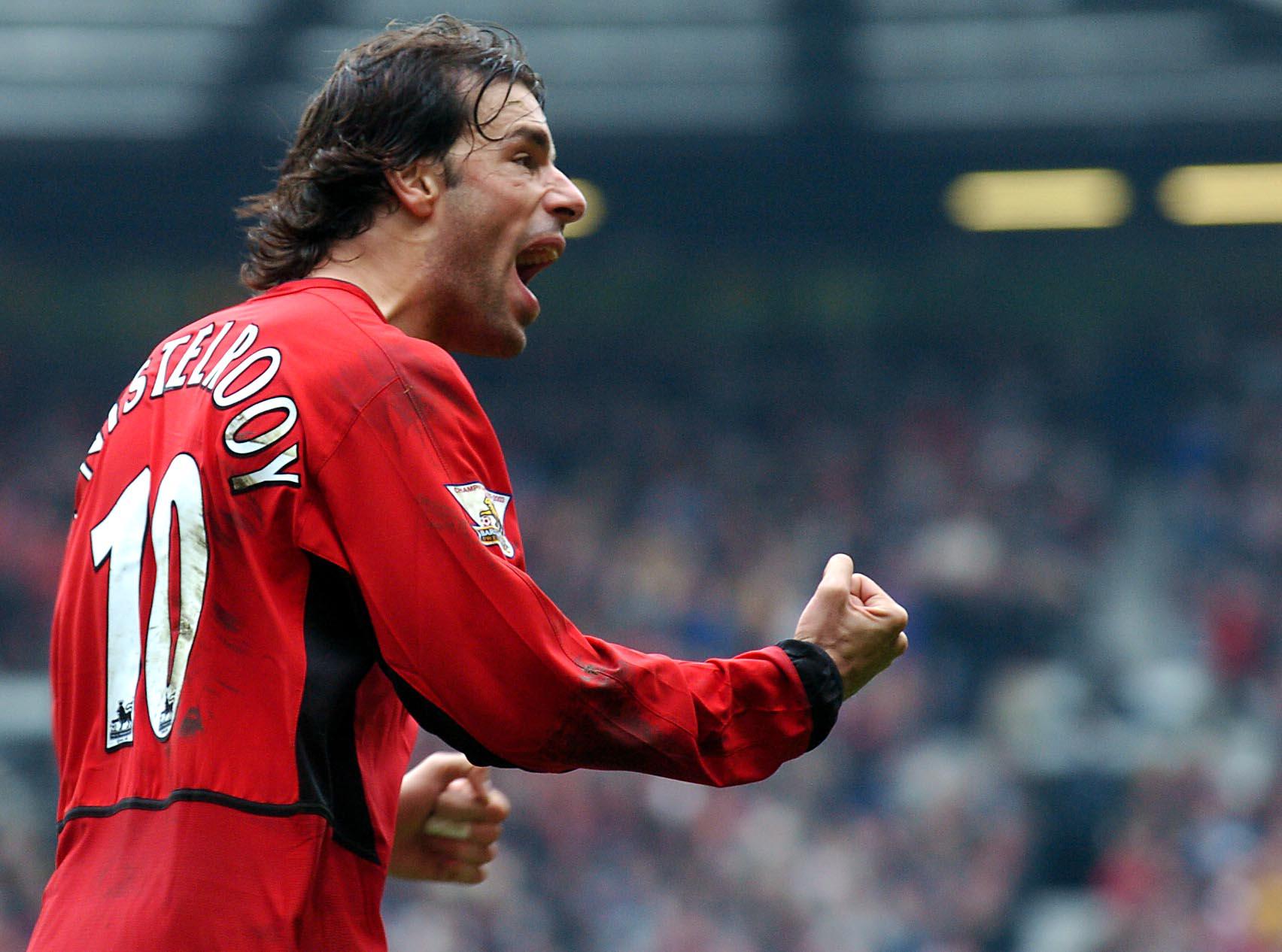
A move nearly a year in the making: United had looked set to sign van Nistelrooy in summer 2000, only to pull out on medical grounds that proved extremely well-founded after he ruptured his ACL the day after returning to PSV for training.
Despite his year on the sidelines, United were satisfied enough that the striker's surgery had fixed the issue to come back in the following spring.
Again their instincts were correct: van Nistelrooy was a smash hit, immediately showing himself to be one of the Premier League's most clinical strikers of all time with 68 goals in his first three seasons at Old Trafford. After an injury-hit 2004/05, van Nistelrooy returned to break the 20-goal barrier for a fourth time in 2005/06.
Strangely, the Dutchman's five years at the club coincided with a relative silverware dry spell: they won the Premier League just once in that time. That, plus increasing tensions with Ferguson and a training-ground bust-up with Cristiano Ronaldo, saw the young Portuguese preferred: Van Nistelrooy was sold to Real Madrid in 2006, leaving with a record of 150 goals in 219 appearances in all competitions.
£28.1m
10. July 2001: Juan Sebastian Veron (Lazio to Manchester United)
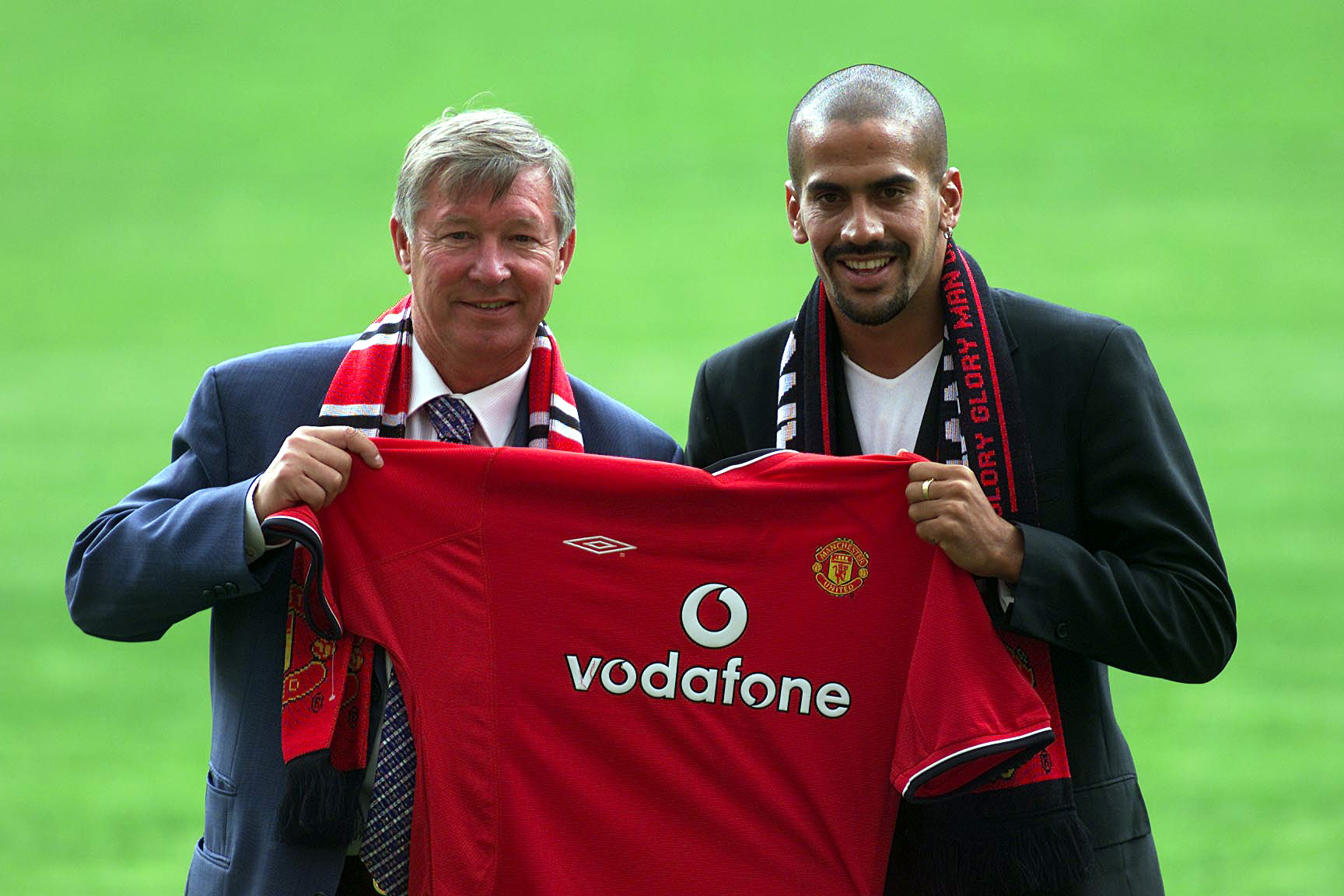
Ah, dear. It's been going so well up until now.
There's an argument that English football simply didn't understand Veron; Ferguson certainly thought so, emphatically telling the press they were 'all f---ing idiots' for not understanding that the Argentine was a 'f---ing great player'.
Veron actually made an impressive start at Old Trafford, but soon looked like a player who was used to playing a different kind of football altogether. Injury problems compounded his perception as a big-money flop, prompting those comments from his manager.
But the proof of the pudding on his spell came as he was enthusiastically sold to Chelsea for nearly half their investment in summer 2003. He was terrible value for them, too: he made just 14 appearances for his £15m fee, and left Stamford Bridge after just a year.
£29.1m
11. July 2002: Rio Ferdinand (Leeds United to Manchester United)
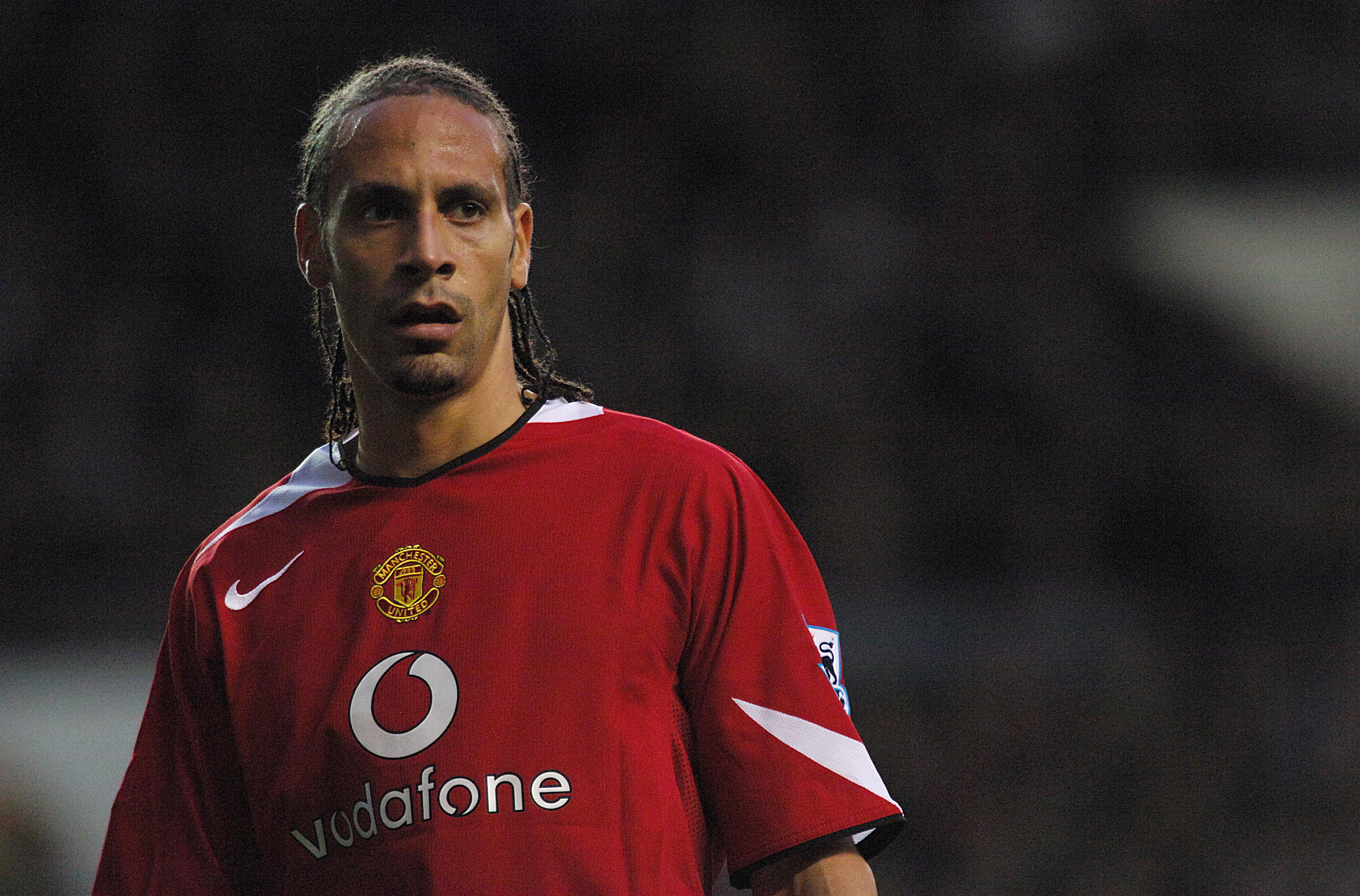
We've already touched on the circumstances of Ferdinand's departure from Leeds and arrival down the M62, once again becoming the most expensive defender in the world in the process having been supplanted by Lilian Thuram in the interim.
Ferdinand's move to Man Utd ended up being substantially longer - though not without controversy. He failed to turn up to a drugs test in his second season at the club and was hit with an eight-month ban, then attracted public pressure from Ferguson in 2005 for not having signed a new contact.
The centre-back stuck it out and was able to win hearts and minds, often wearing the captain's armband - including in the final in their 2008 Champions League triumph - and eventually left as a free agent on good terms in 2014, after 455 appearances, for one final season at QPR.
£30.8m
12. July 2006: Andriy Shevchenko (Milan to Chelsea)
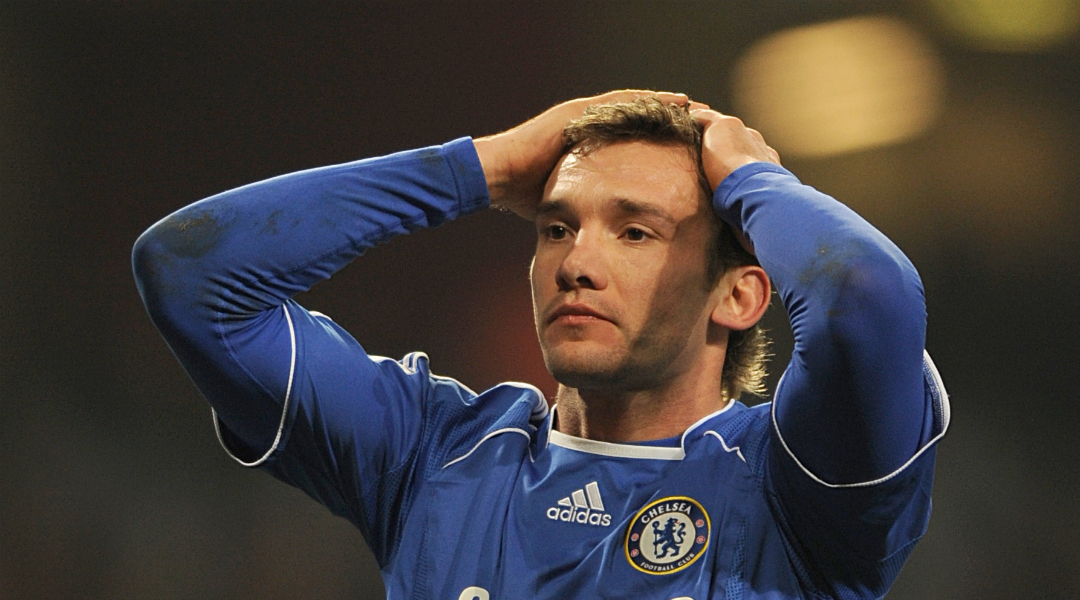
It should have worked, it really should. Shevchenko was still just 29 when he moved to Chelsea as a marquee signing in 2006, hot off scoring 173 goals in 296 games for Milan.
But for whatever reason, it just never really worked at Chelsea. He managed just four Premier League goals in 30 appearances in his first season, and a better-but-still-not-brilliant five goals in 17 outings in an injury his 2007/08.
Shevchenko was loan back to Milan the following season, where his poor form continued, and he departed in 2009 to re-join Dynamo Kyiv. Disappointing.
£32.5m
13. July 2008: Robinho (Real Madrid to Manchester City)
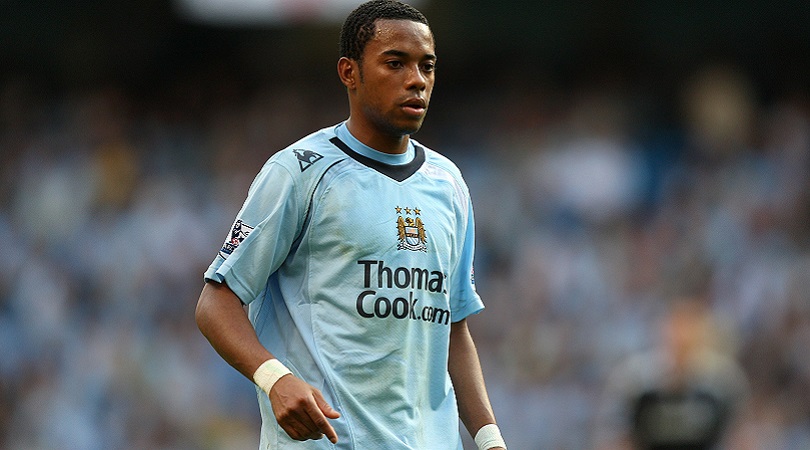
A signing seemingly made as much as a statement of Manchester City's newfound wealth as it was about the player himself. Certainly Robinho himself seemed only to care about that, anyway: he was initially flown over to meet with Chelsea, then (at least, so the rumour goes) thought he was signing for that other Manchester club.
The Brazilian's time at the Etihad featured undisputed moments of magic, but also ructions behind the scenes with Robinho accused of being part of a clique of his countrymen - as well as some injuries, both nagging and serious, that apparently kept him from his best.
Just 18 months after he arrived, Robinho was out of the side and was sent back on loan to hometown club Santos, before joining Milan in a £15m move. Still, City had made their desired point, and plenty more long-term and influential stars subsequently came their way.
£50m
14. January 2011: Fernando Torres (Liverpool to Chelsea)

A move that has effectively ruined January transfer deadline day forever by being absolutely untoppably ridiculous.
After looking to be on the up after Rafa Benitez led Liverpool to two Champions League finals and their first genuine title challenge for years, the Reds had hit a period of serious decline under the disastrous Hicks and Gillett regime.
Torres had looked slightly out of sorts for Liverpool in 2010/11, but that was put down to his only just having returned from injury and the general malaise around Anfield under Roy Hodgson, who had been replaced by Kenny Dalglish just a few weeks prior to that fateful deadline day.
Sensing an opportunity to succeed where they had failed with Steven Gerrard, Chelsea made a substantial offer for Torres' services. Liverpool's response was that their asking price was whatever Newcastle wanted for Andy Carroll, plus £15m. The Geordies obliged us all by playing a game of chicken with the two clubs that eventually saw Carroll move to Anfield for £35m, with Torres going to Stamford Bridge for £50m.
The move did not go well: having scored 65 goals in 102 Premier League games for Liverpool, Torres managed just 20 in 110 for the Blues, and looked a sad shadow of the sensational, smiling player he had been in red.
He did have a decent record for Chelsea in the Champions League, however (17 in 40), with his most memorable contribution coming as he killed the game off with a last-minute winner against Barcelona that made Gary Neville make a very weird sound en route to Chelsea lifting the trophy in 2012.
Torres went on loan to Milan in 2014, a move that later technically became permanent, but he never actually played a game for them after that initial loan spell, instead repeating the same loan-to-permanent move to former club Atletico.
£59.7m
15. August 2014: Angel Di Maria (Real Madrid to Manchester United)
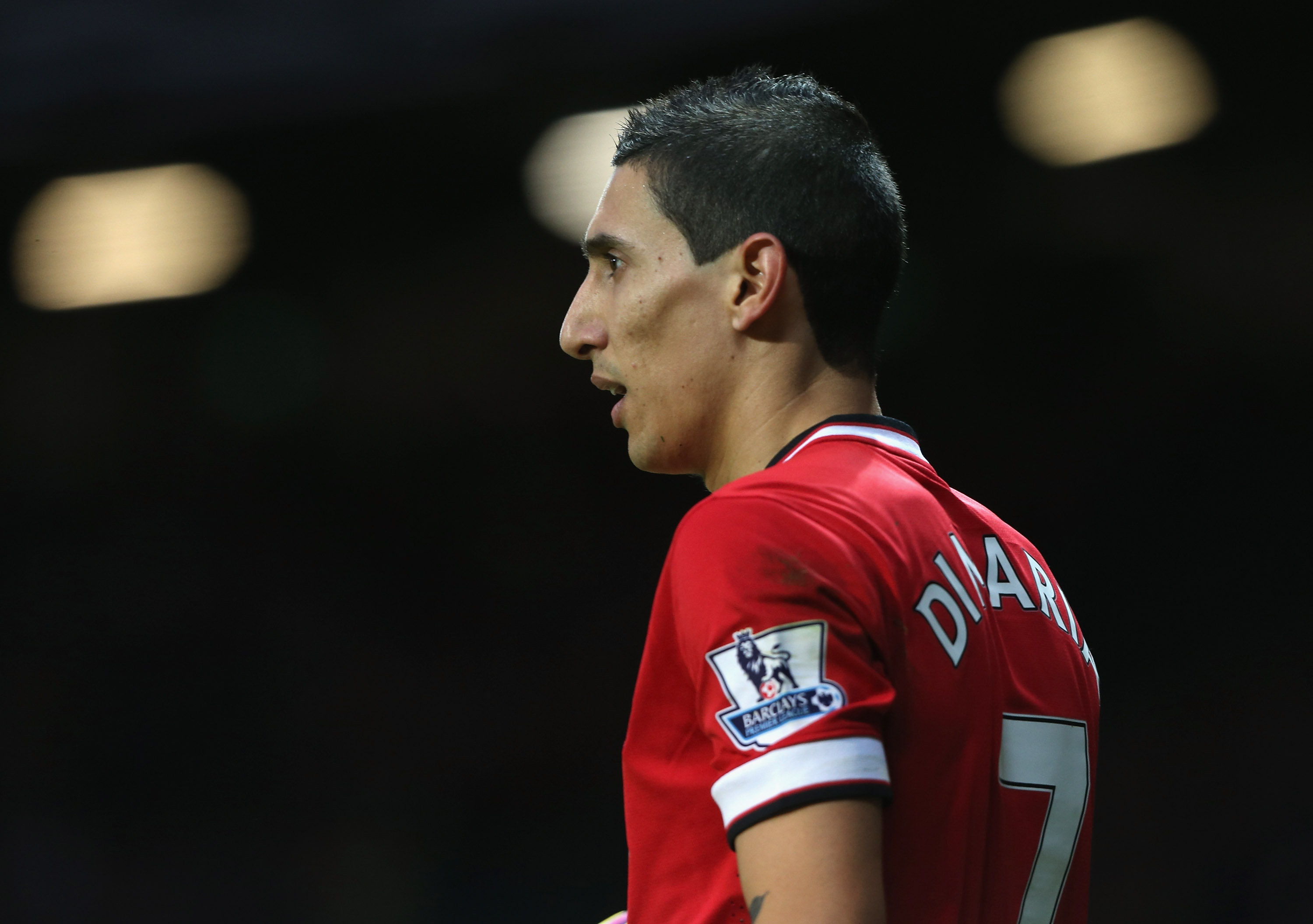
We'll come back to Chelsea in a bit: now it's time to talk about Manchester United wasting shedloads of cash instead.
Real Madrid star Di Maria was supposed to be a marquee signing for the club after a miserable not-quite-a-season under David Moyes, who was replaced by iconic Dutch gaffer Louis van Gaal in a bid to get them back into title contention.
Well, it's been ten years, and United still haven't won a Premier League in the post-Fergie era, so you'll already have a sense for how this one went even if you're sickeningly young or suffering from long-term memory loss.
Di Maria was superb in his first couple of months at United, but then his form dropped off - not helped by a a hamstring injury in November and an attempted robbery in February that didn't help his family's difficulties getting settled in England - and Di Maria got even worse upon his return.
Before the season was even out, Di Maria was being linked with a move away having been consigned to a marginal role from the bench. PSG came calling and United cut their losses, selling the winger at around a £15m loss.
£89m
16. July 2016: Paul Pogba (Juventus to Manchester United)
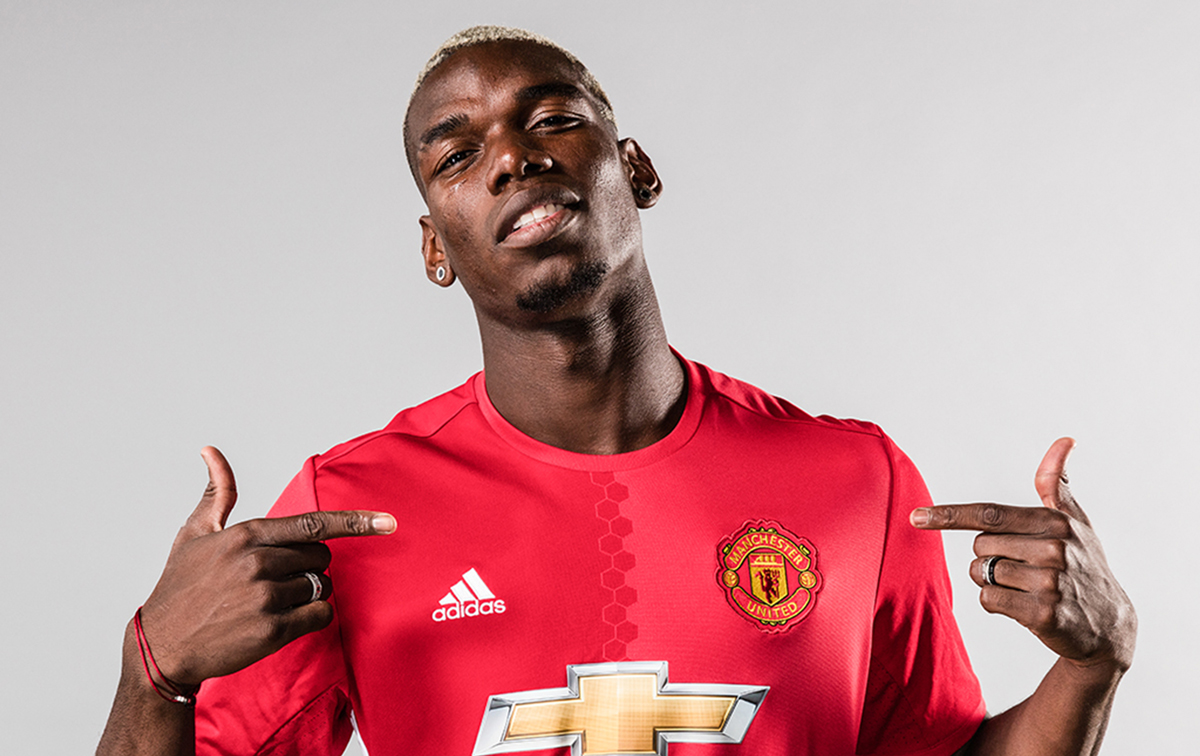
If at first you don't succeed, try, try again... and fail to succeed again.
A divisive figure throughout his time at Old Trafford, the United academy graduate returned home from Juventus for massive money that immediately set expectations sky high.
Pogba struggled to live up to that, coming in for constant criticism that was often fair and sometimes excessive. He defied those naysayers in 2018/19 - his third season back at Old Trafford - with a highly productive season that featured 13 Premier League goals and nine assists and earned him a place in the PFA Team of the Year.
Pogba spoke about his desire to leave the club shortly thereafter, but nobody met United's valuation; he alternated between the injury list and underwhelming form for another three seasons before United opted against renewing his contract, allowing him to return to Juve as a free agent in 2022.
£100m
17. August 2021: Jack Grealish (Aston Villa to Manchester City)
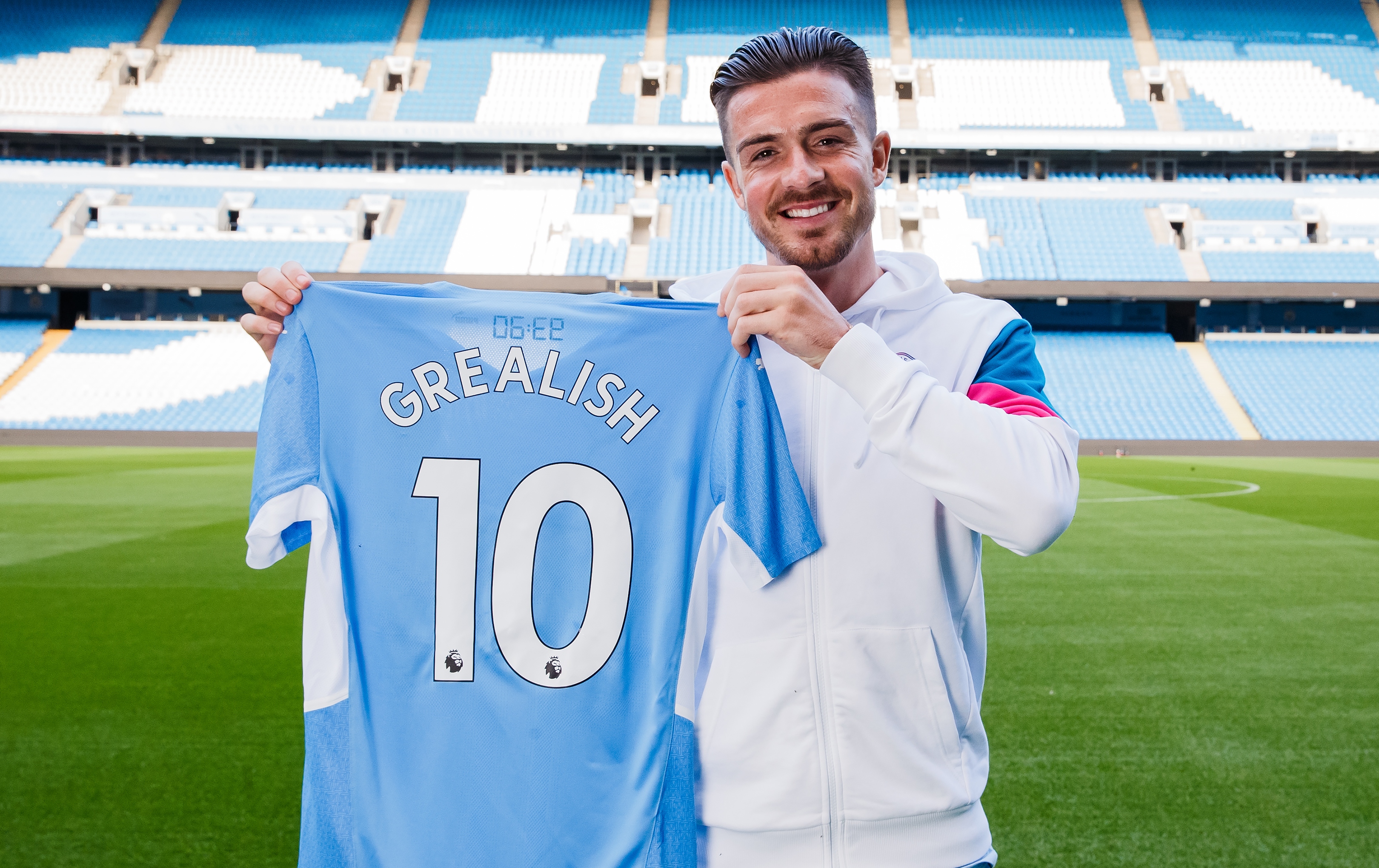
City were like a teenager with a bit of birthday money burning a hole in their pocket in summer 2021 following Sergio Aguero's departure. They pursued transfer moves for both Cristiano Ronaldo and Harry Kane but ending up frustrated on both counts as the Portuguese instead re-joined Man Utd and Tottenham refused to accept their offers for the England striker.
So instead, they went and spent that money on Aston Villa's sensational home-grown winger Jack Grealish, becoming the first British club to get into nine figures with a transfer fee.
Three years on...that's honestly about all there is to say. Grealish has, predictably, had nothing like the talismanic status he had at Villa, starting just 55 of a possible 114 Premier League games since his move to City - though he has been a near-constant presence for Pep Guardiola in the Champions League, including starting all their knockout games in their 2023 triumph.
£106.8m
18. January 2023: Enzo Fernandez (Benfica to Chelsea)
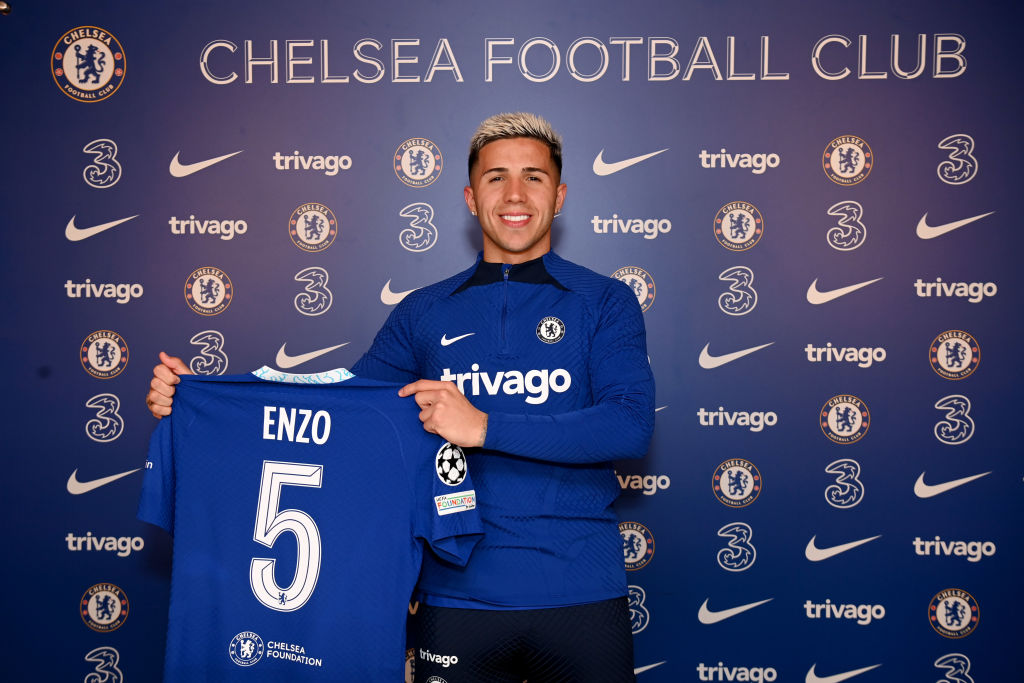
Under the new ownership of Todd Boehly, Chelsea had already spent an eye-water amount of money in both the summer and January transfer windows, but topped it all with the biggest bid of all for Fernandez right at the end of the winter shopping period.
The midfielder had only been at Benfica since the previous summer, joining from River Plate for around €18m (£15.5m) in total. Fernandez's good showing to help Argentina lift the 2022 World Cup apparently convinced Chelsea the youngster's value had appreciated by 689% in those seven months, however, launching a monstrous bid that took him to Stamford Bridge.
He's been good. But £100m+ good? No, not yet. Let's check back in a few years and judge it again...
£115m
19. August 2023: Moises Caicedo (Brighton and Hove Albion to Chelsea)
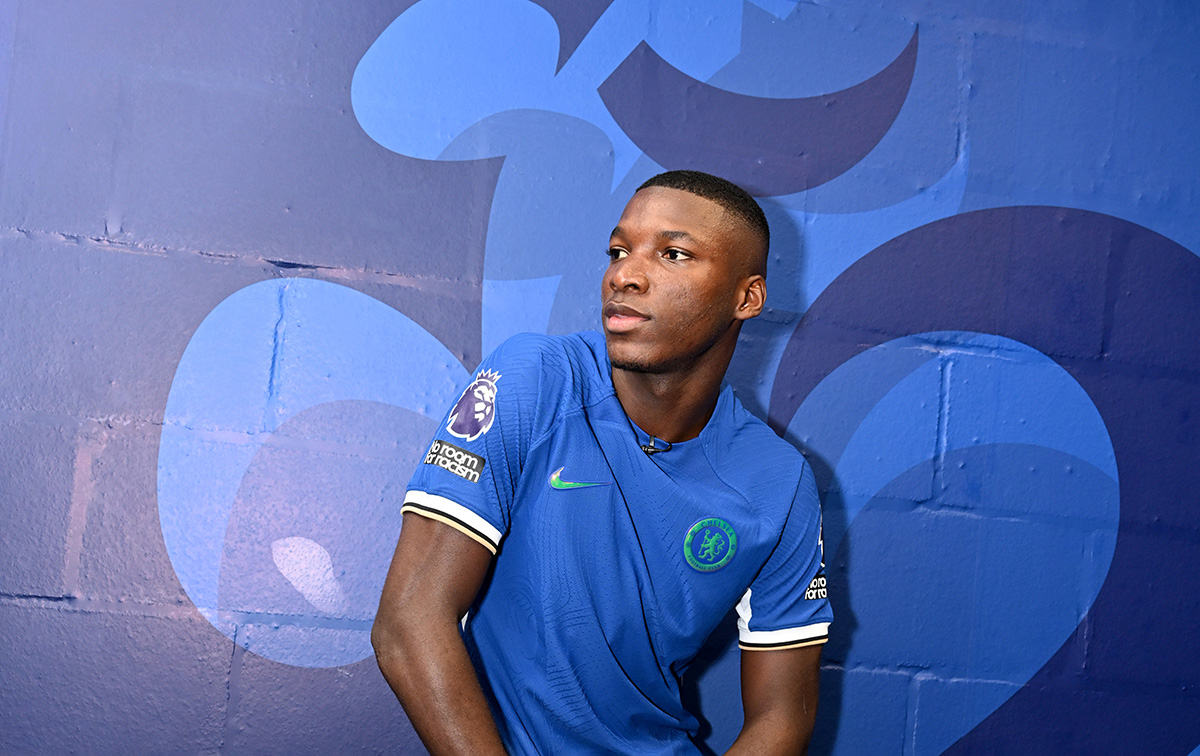
A shining star in Brighton's ascent to 6th place in 2022/23, the Ecuadorian had attracted serious big-money interest from Arsenal and Chelsea in 2023, which looked to have played right into Liverpool's hands.
A £111m bid to take him to Anfield had been accepted and the move looked set to proceed, to the point that Jurgen Klopp even spoke openly about his excitement about bringing Caicedo in as part of their midfield revamp at a pre-match press conference.
Well, this is why managers are briefed just to refuse to discuss new signings. Just a day later, Chelsea came in with a slightly higher bid to hijack the move, with Caicedo reportedly having been more interested in that move all along.
As he explained just this week: "Chelsea was with me (speaking to me) for a couple of months. I could not miss out on them because they were with me in tough moments when Brighton didn’t want to let me go. It was a difficult decision but, for sure, 100% I knew I wanted to go to Chelsea."
Caicedo got his way, with the final figure coming to £115m including add-ons, and played practically every game for Chelsea in his debut season at the club.
More transfer stories
Manchester United in talks with midfield star, following huge u-turn: report
Arsenal to rush through sensational signing ahead of season start: report
Manchester City in talks over surprising Julian Alvarez replacement: report
Steven Chicken has been working as a football writer since 2009, taking in stints with Football365 and the Huddersfield Examiner. Steven still covers Huddersfield Town home and away for his own publication, WeAreTerriers.com. Steven is a two-time nominee for Regional Journalist of the Year at the prestigious British Sports Journalism Awards, making the shortlist in 2020 and 2023.

